When electric cars first entered the mainstream market, they weren't exactly accessible to the general buyer - particularly if they were small or compact electric cars.
That's down to several reasons. Until now, high prices have been an important barrier to EV ownership, as have packaging and weight, plus the fact that small cars are fitted with smaller batteries, which naturally offer shorter driving ranges.
But over the past few years, small electric cars have become more affordable and viable. Some of the best superminis on sale in the UK today have an electric option, and others are solely powered by electrons.
Plus, as battery technology improves, smaller electric cars can travel much longer distances on a single charge and can be topped up faster than ever. Some will now hit over 250 miles in the real world when previously you might have struggled to hit 150.
There's also a wider choice than ever at the lower end of the market, with brands such as Peugeot, Vauxhall, Mazda and a host of Chinese rivals regularly slashing list prices.
So why should you consider a small electric car? Well, small hatchbacks have long been among the most popular cars in the UK and to this day are some of the more enjoyable to drive.
The question is: which are the best small electric cars on sale today? We’ve tested each and every one and here is our rundown of the very best.
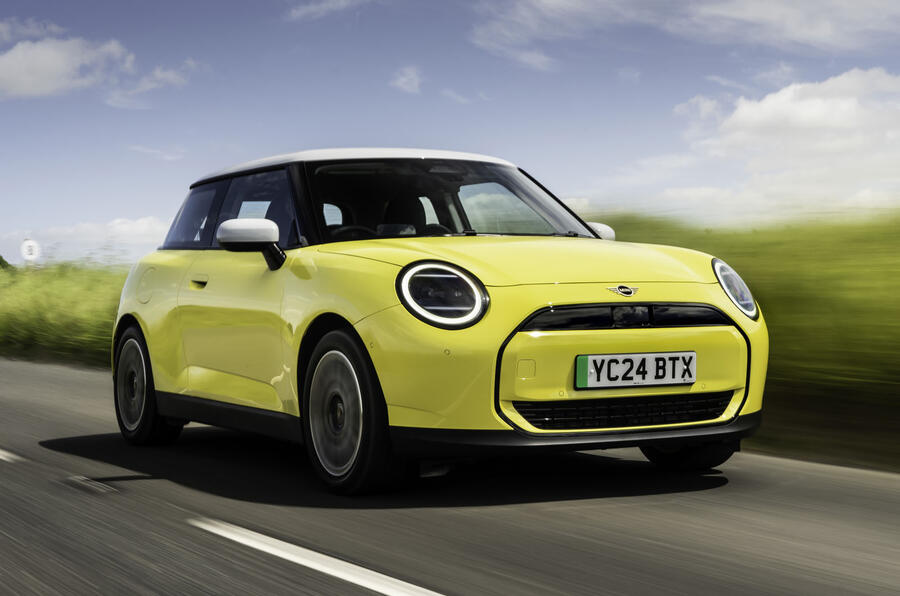
The Mini Electric brought all of the fun factor you expect from the brand when it arrived in 2020 – albeit packaged with a few equally typical usability restrictions.
Now the Mini EV has entered its second generation and is being sold alongside the Mk4 combustion-engined Mini. It has gained sleek new looks, extra range and the latest digital technology systems from the BMW Group, which owns Mini.
Based on a new platform developed in partnership with Chinese giant Great Wall Motors, the Cooper E is powered by a 181bhp electric motor and uses a 40.7kWh battery that offers up to 190 miles of range. The more powerful Cooper SE gets 215bhp and a 54.2kWh battery for up to 250 miles of range.
The new Mini is a more grown-up proposition than the previous model, offering a far more usable range, faster charging and more premium lustre. In addition, the price is also very similar to its predecessor.
That said, it's heavier than before, which is felt in the corners, and the car has lost some of the driver reward widely expected from a Mini.
The interior is chock full of premium materials and it's a lovely place to sit, but the fiddly, unintuitive infotainment may put some drivers off.
Despite those minor qualms, Mini's updated electric hatch is up there with the very best in the segment and is better than ever.
Read our Mini Cooper E review


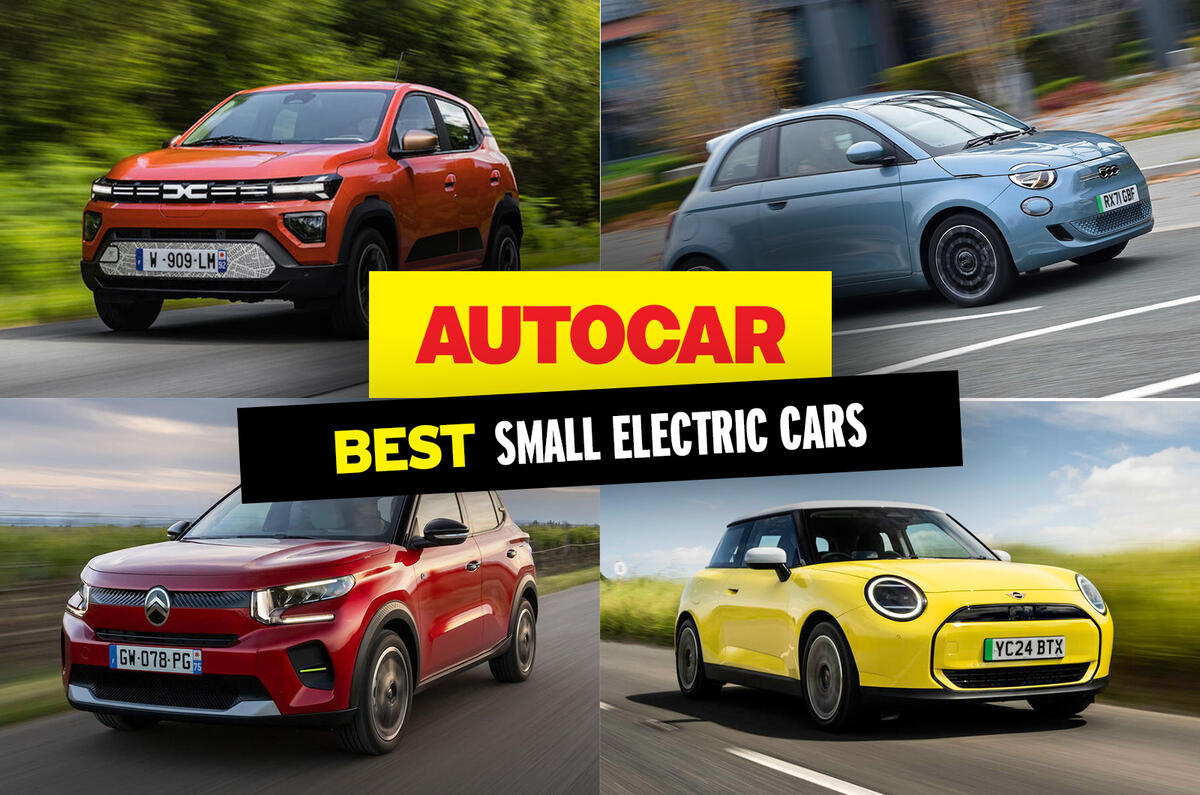
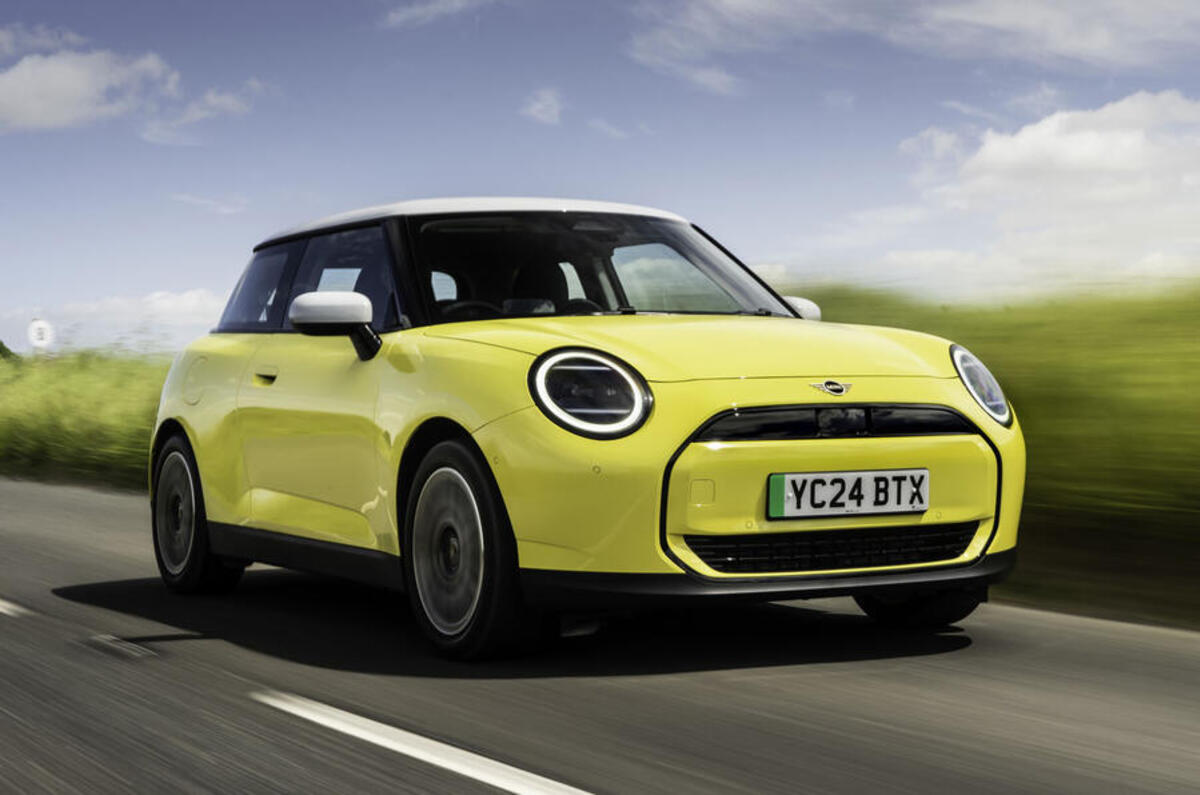

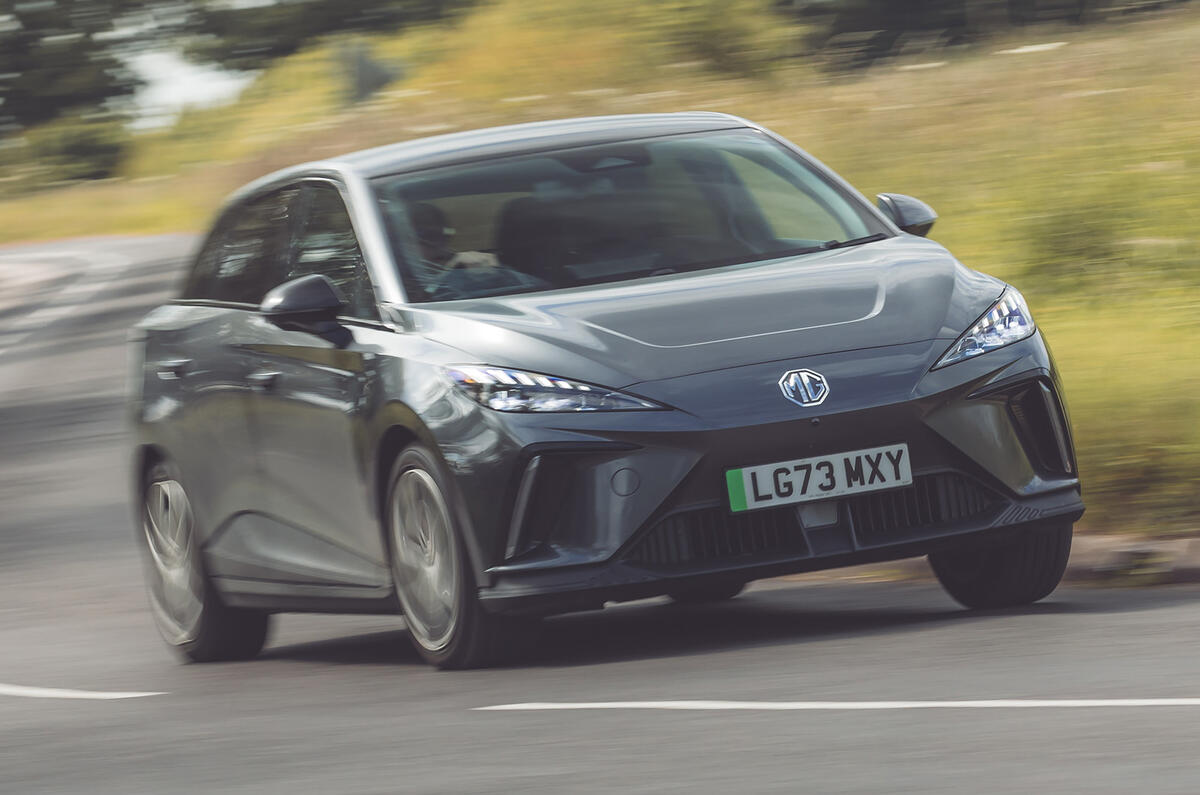


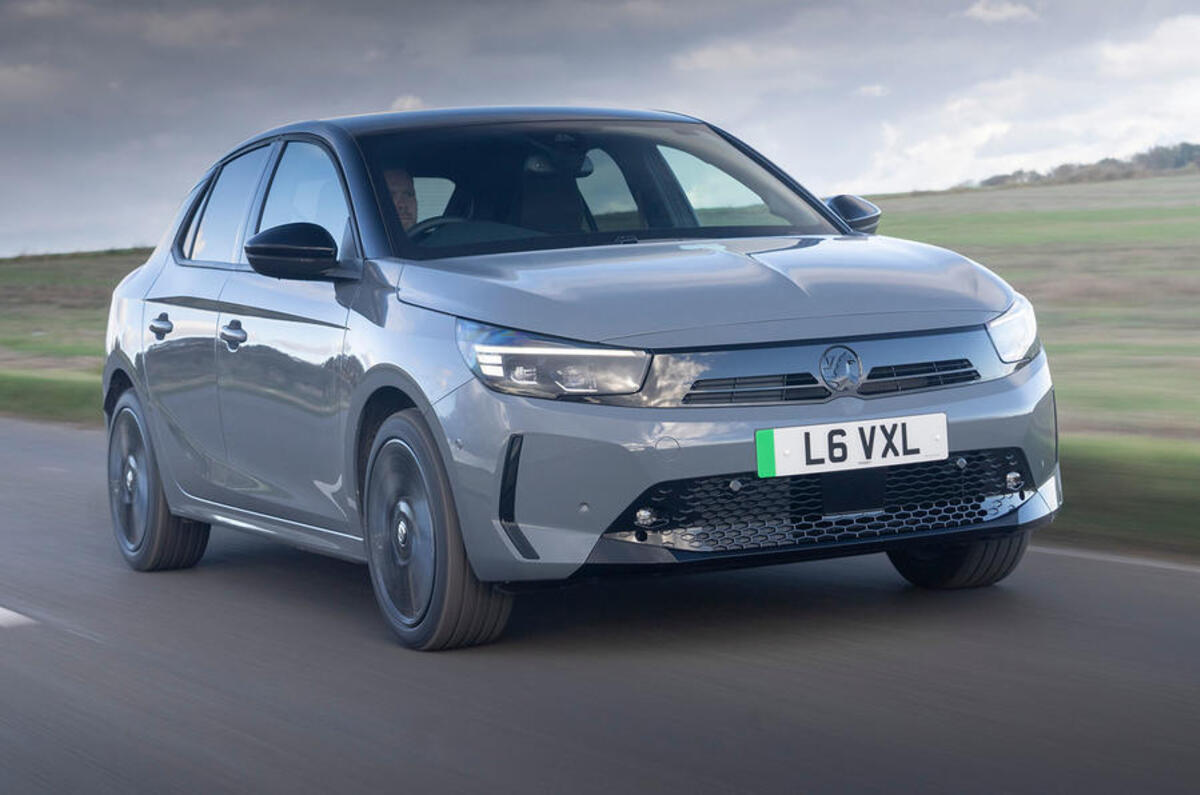

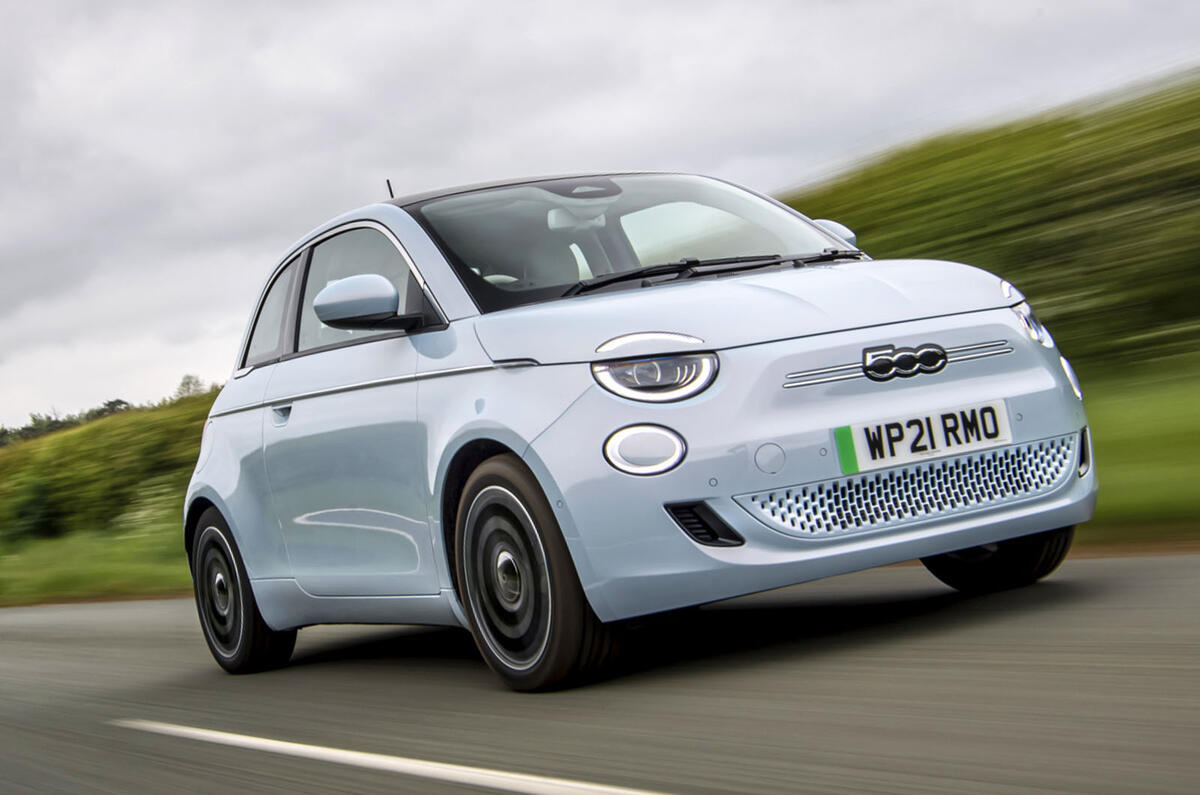
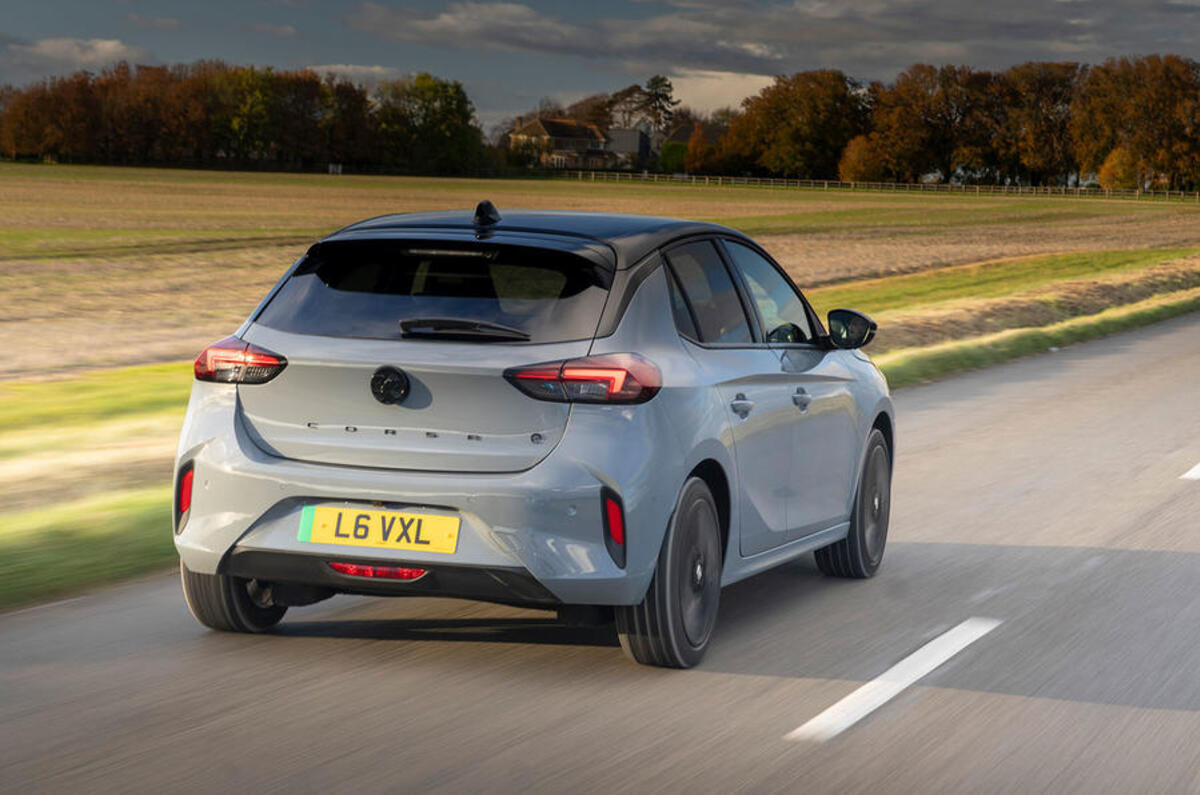
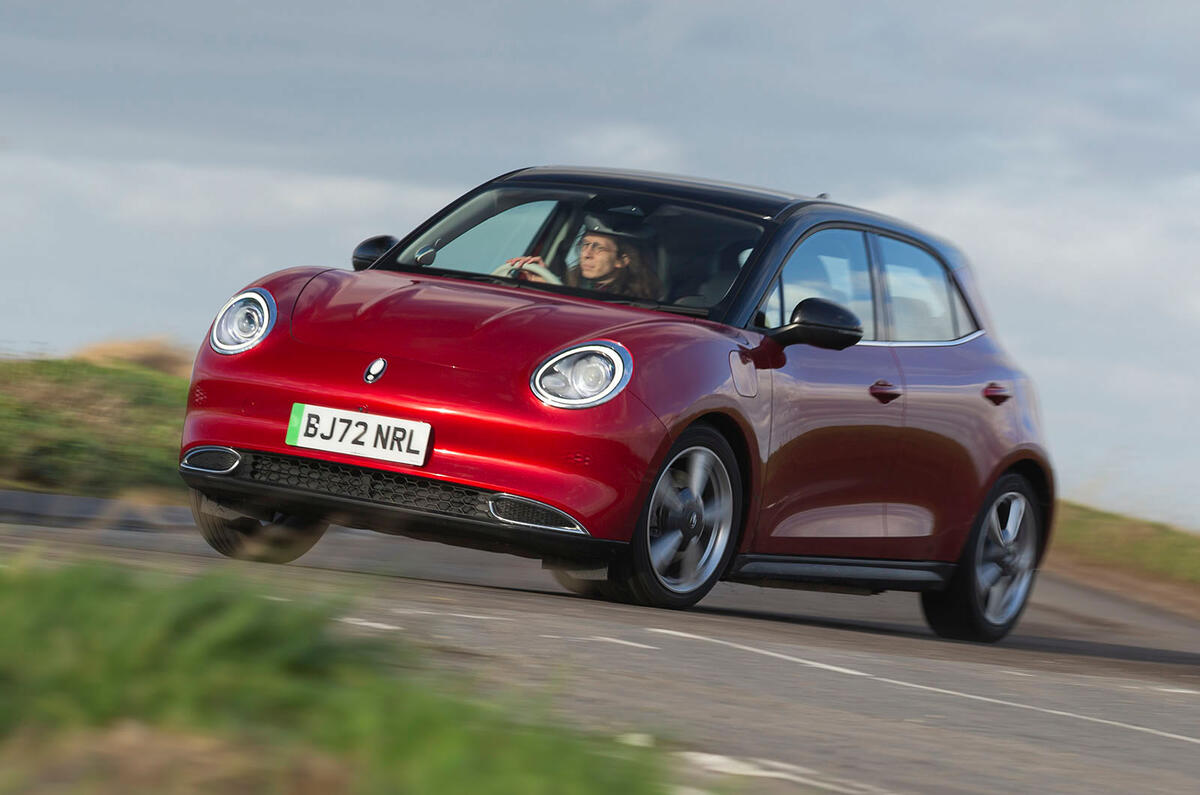






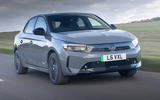

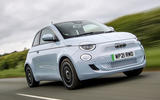



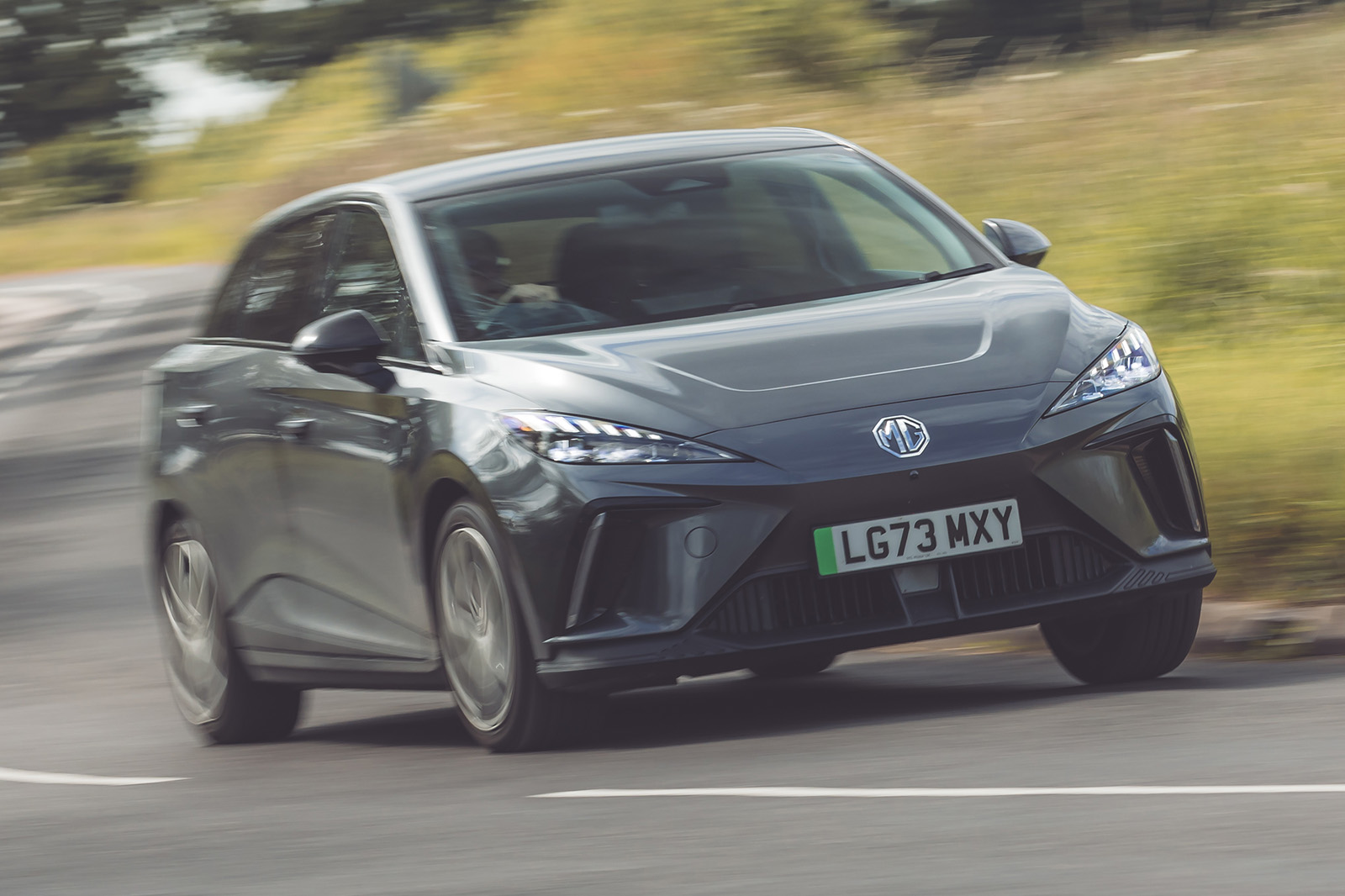
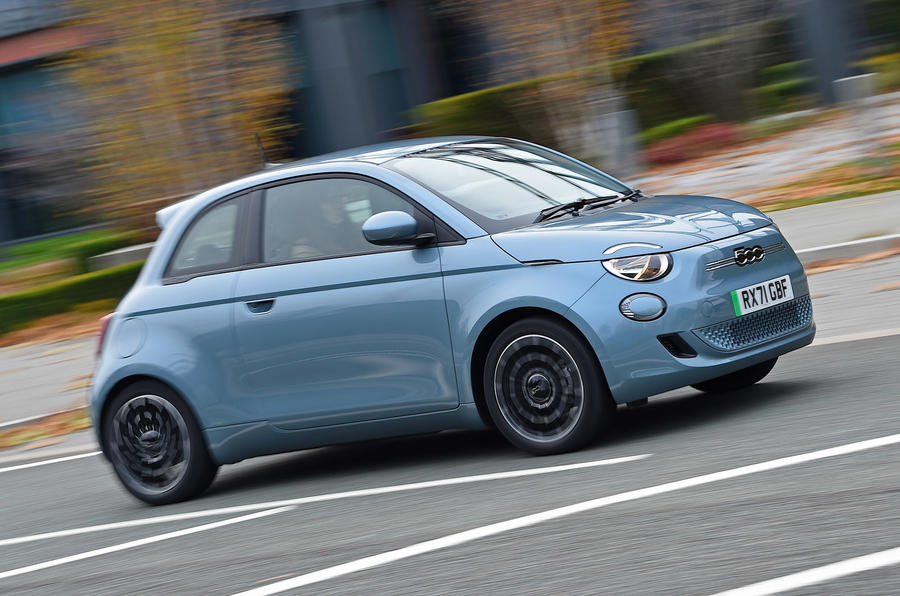
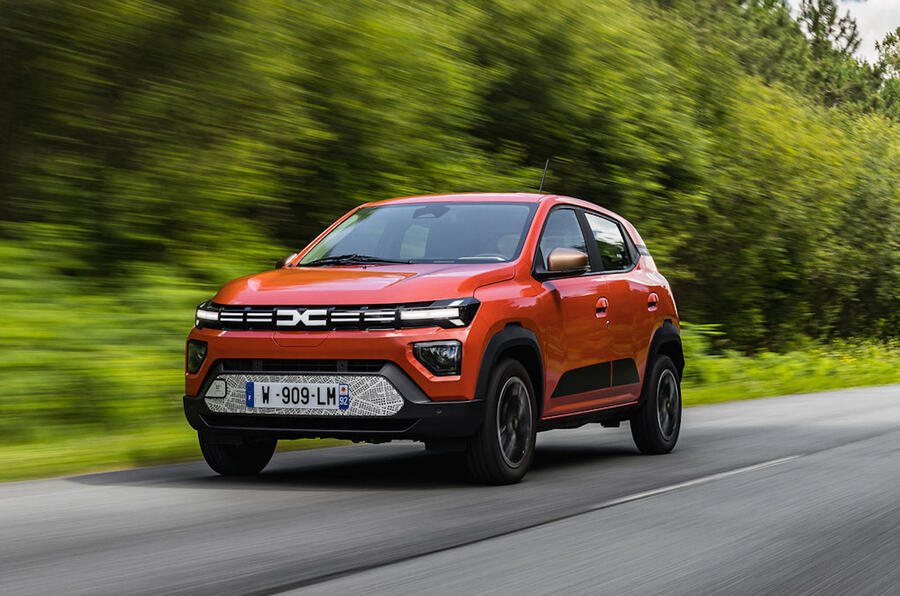
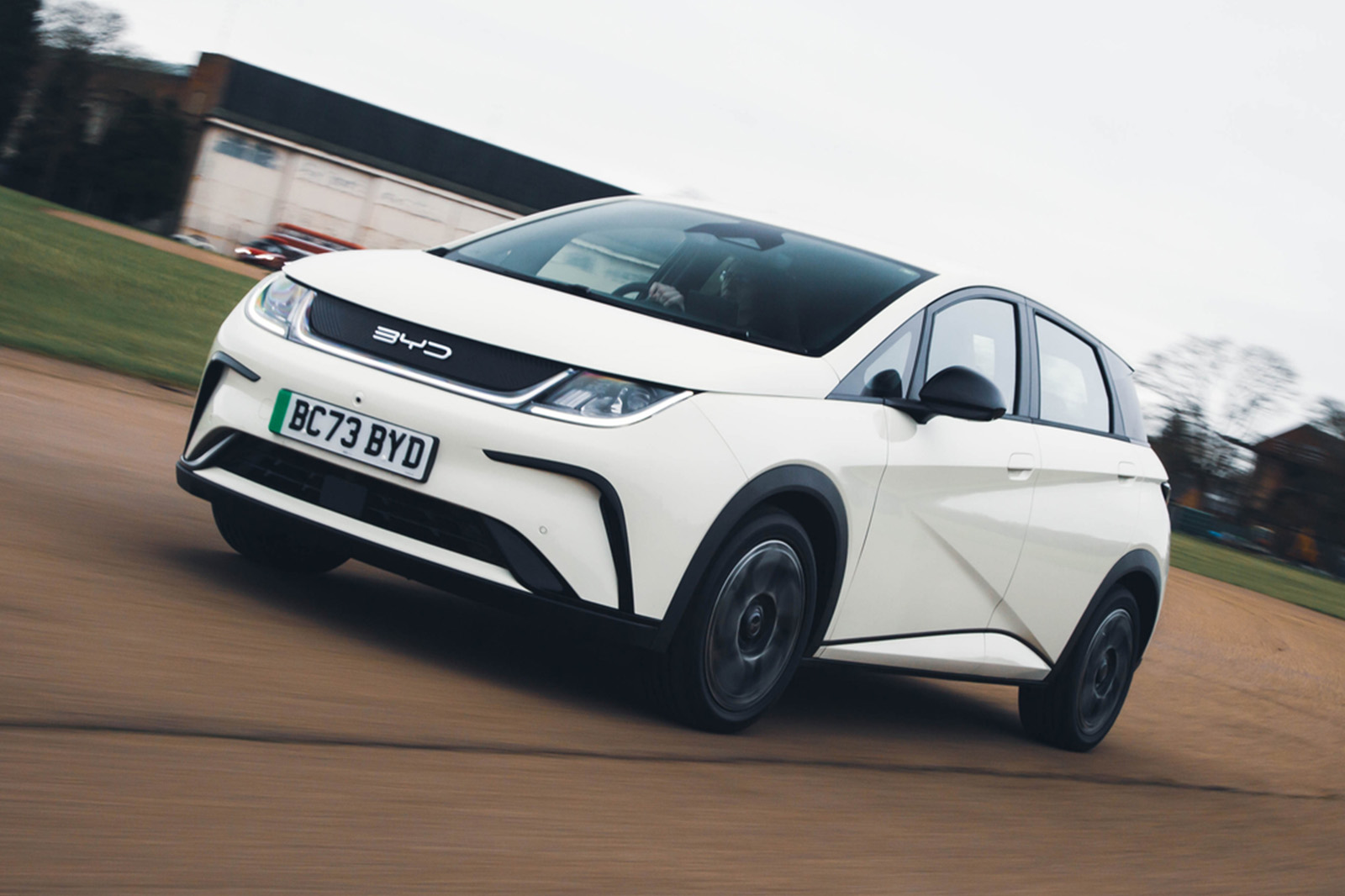
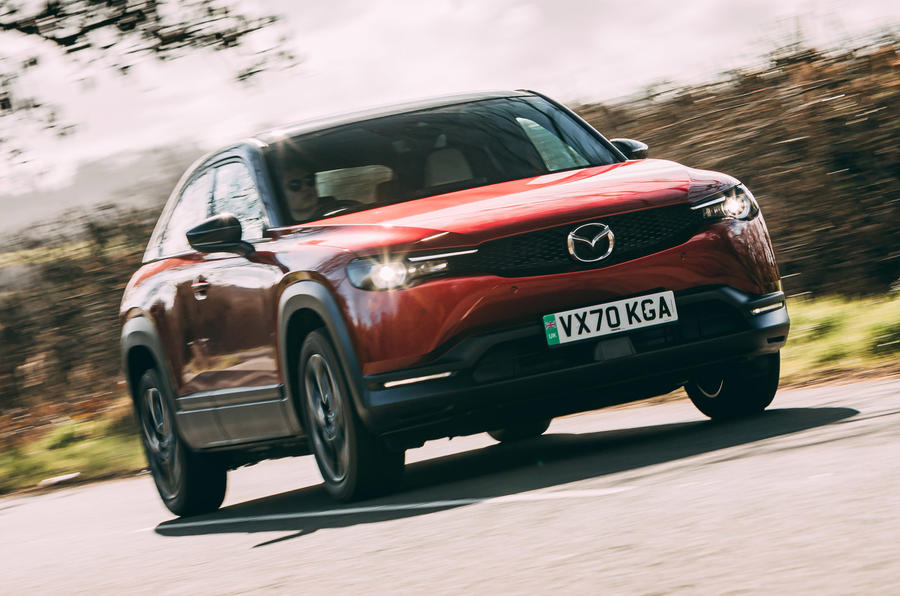
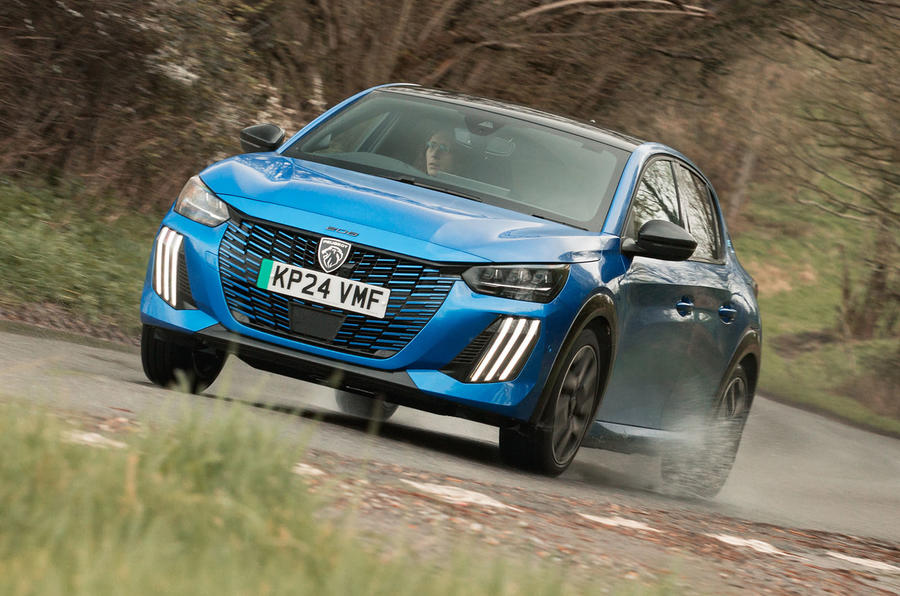
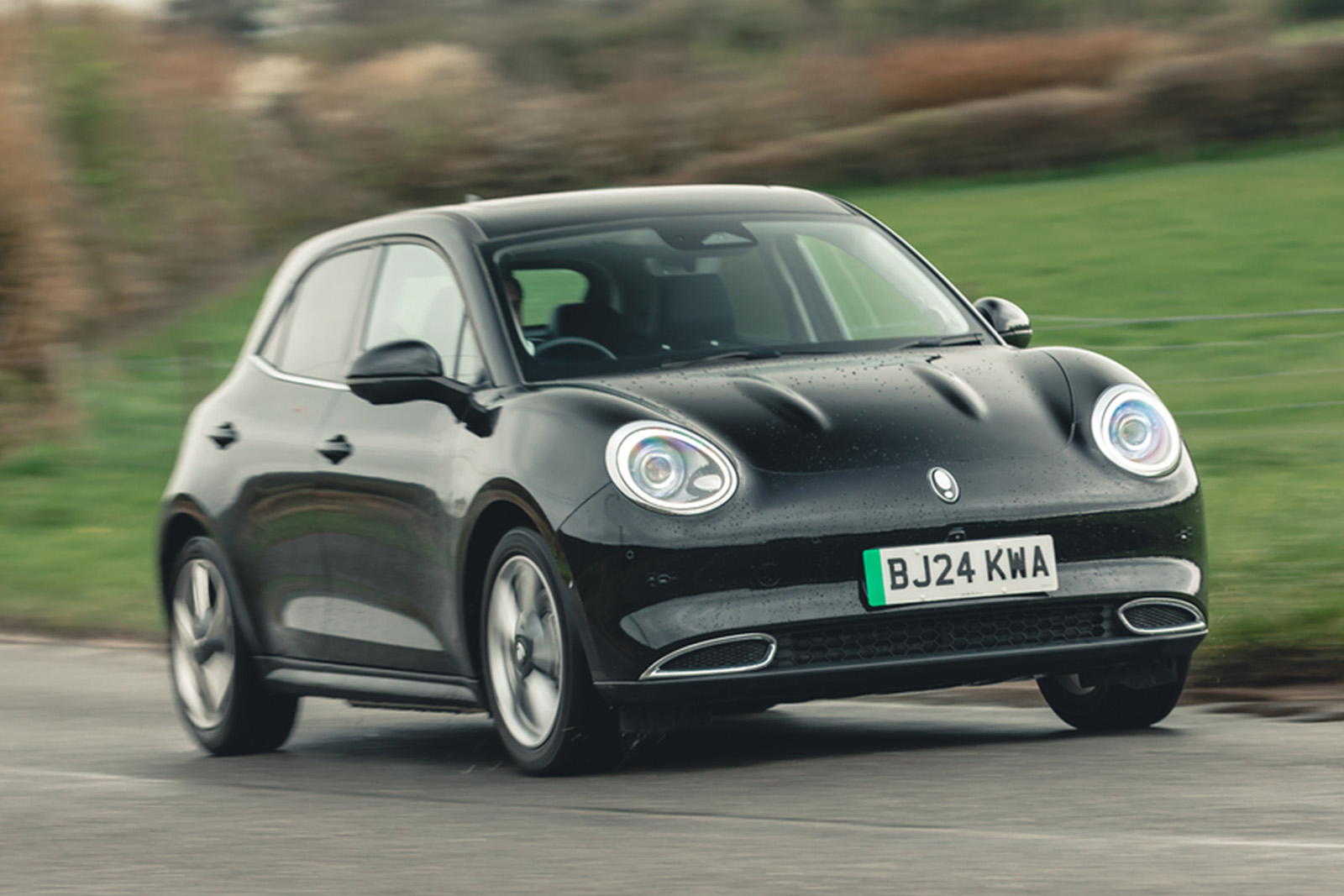


Join the debate
Add your comment
#1 & #2 .... so predicatable. Totally ;)
The Honda E's no longer on sale in the UK.
"The electric car may already be cheaper than you think...."
Can't really see anything in this article that is convincing me of that.